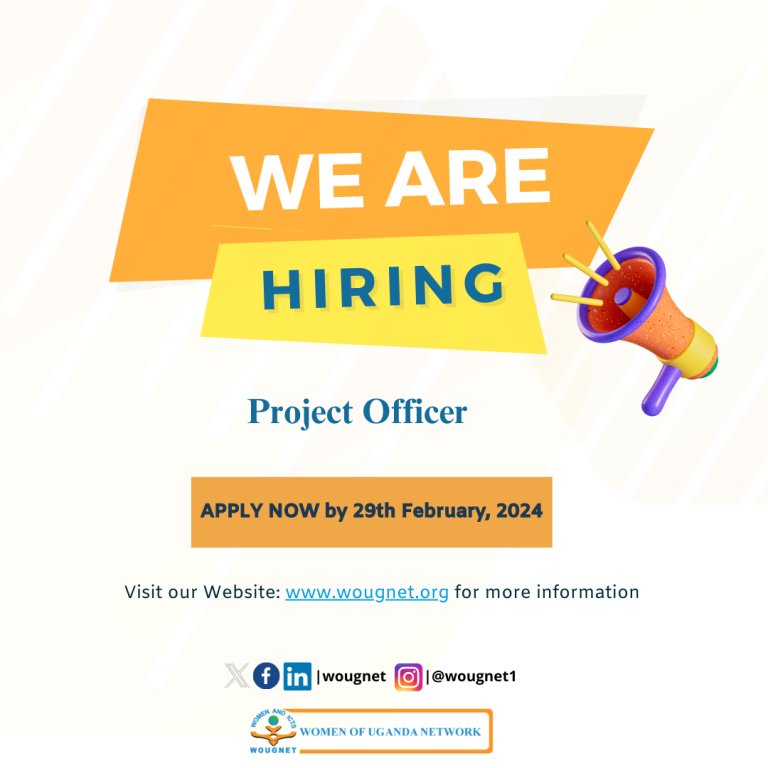
Vacancy Announcement: Project Officer
Position: Project Officer Women of Uganda Network (WOUGNET) is looking for a dynamic and self-motivated individual to join the WOUGNET team. WOUGNET in partnership with
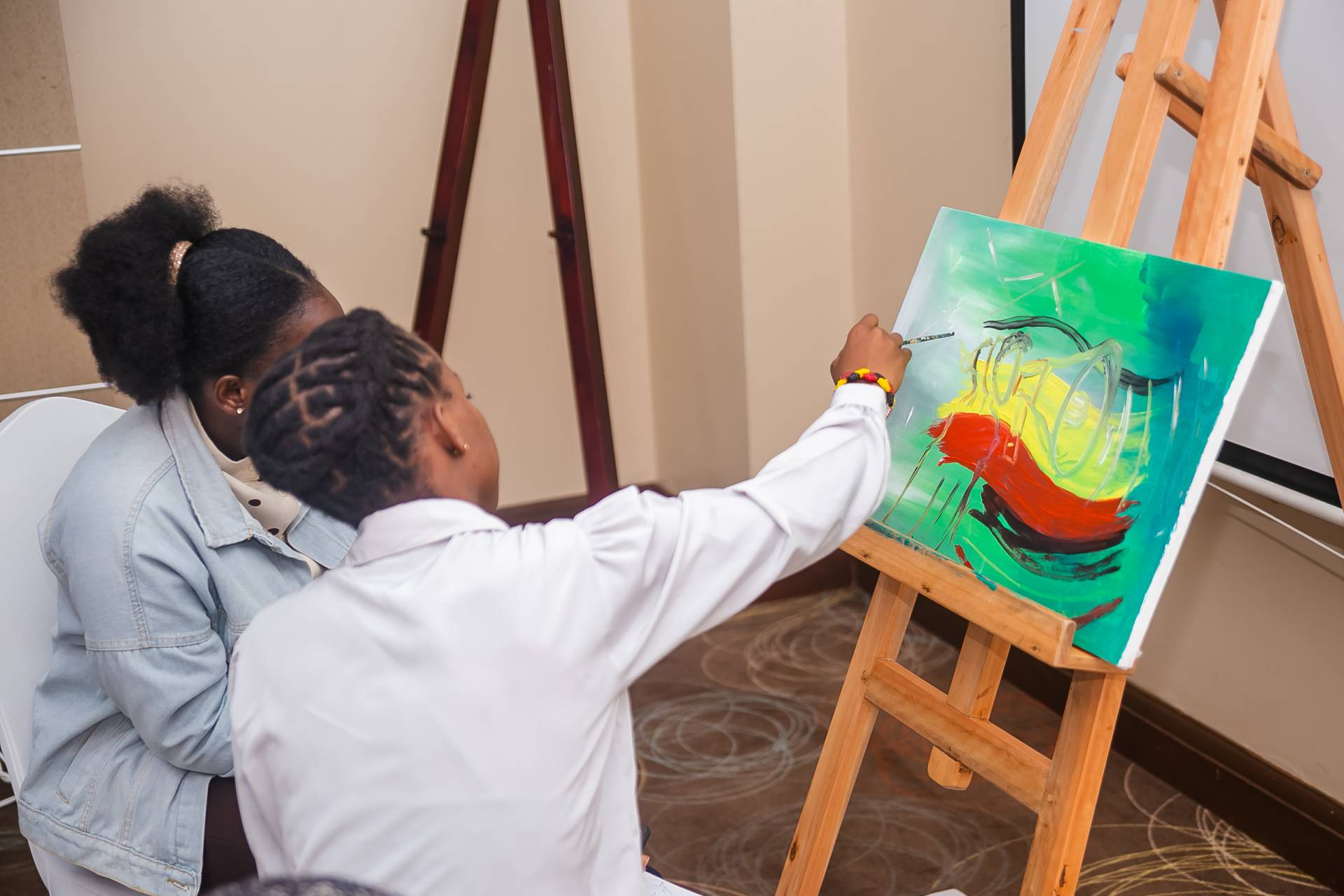
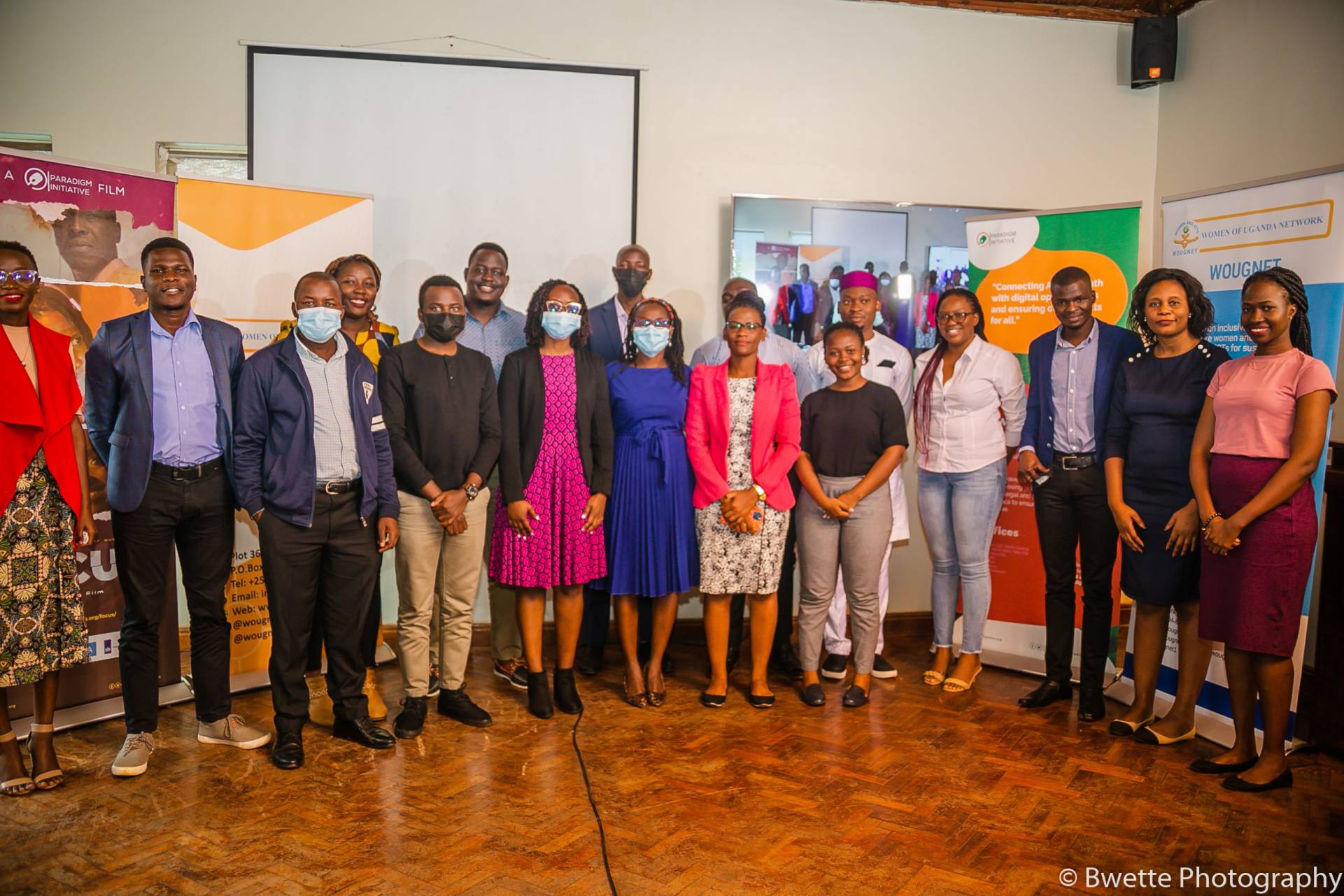
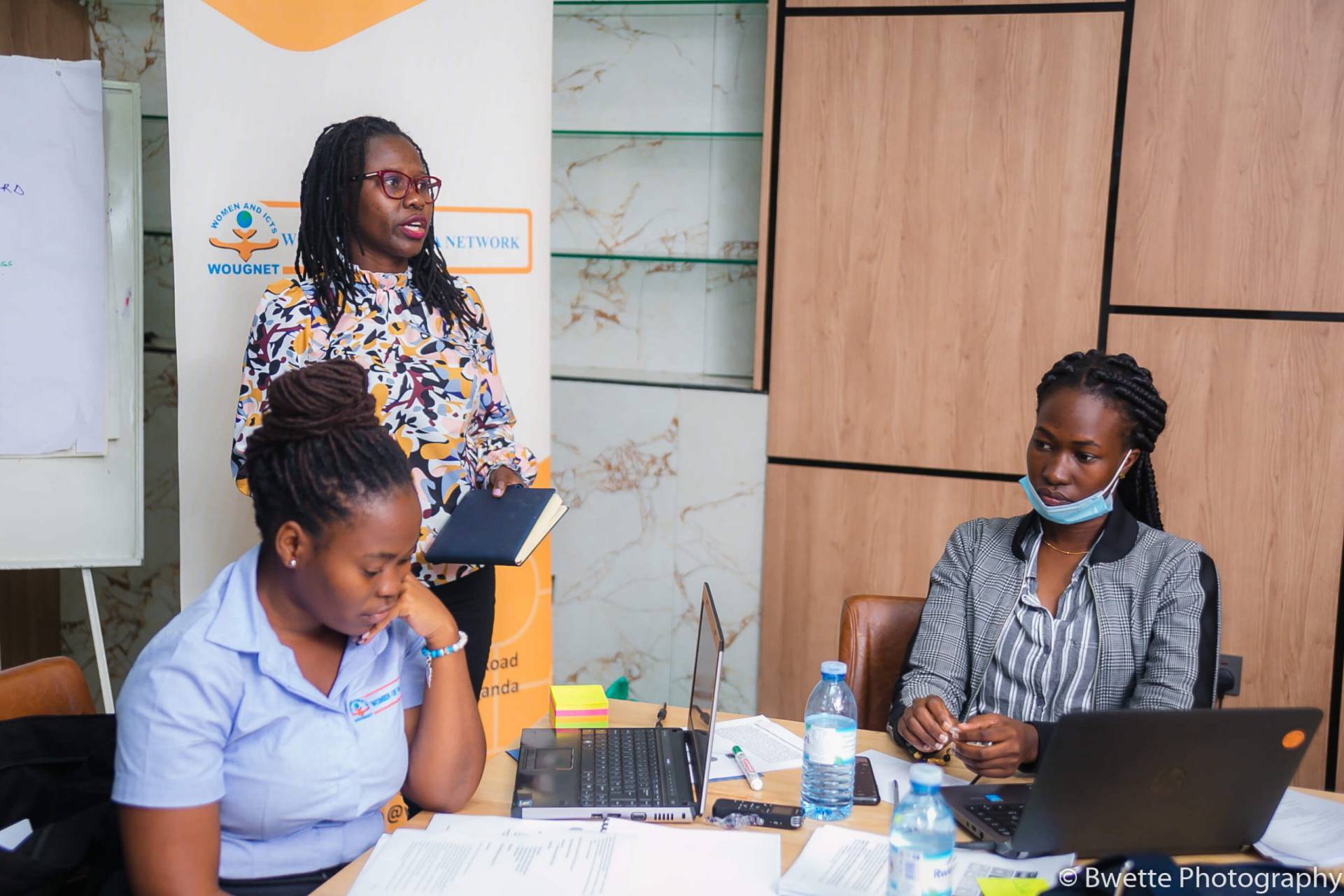
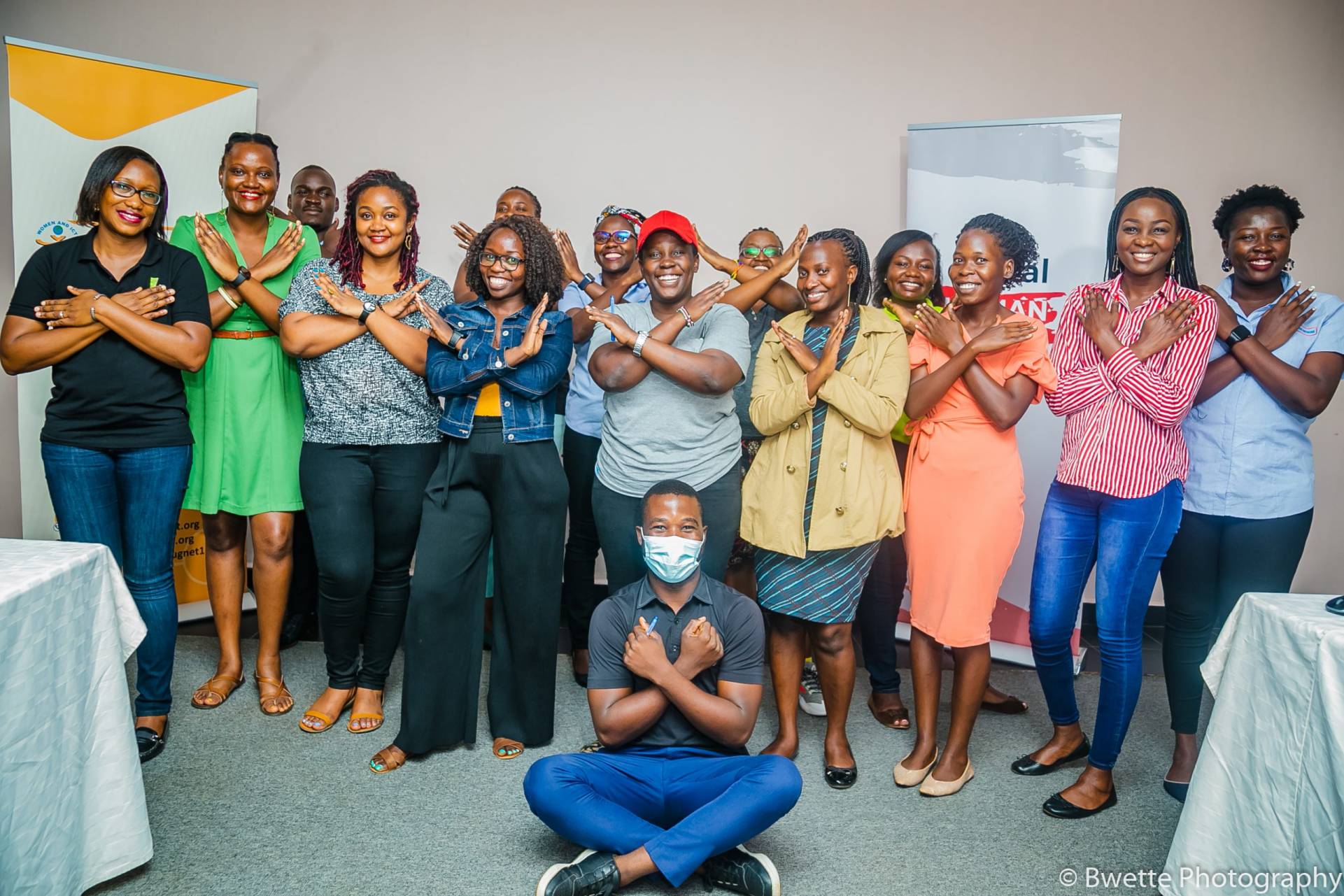
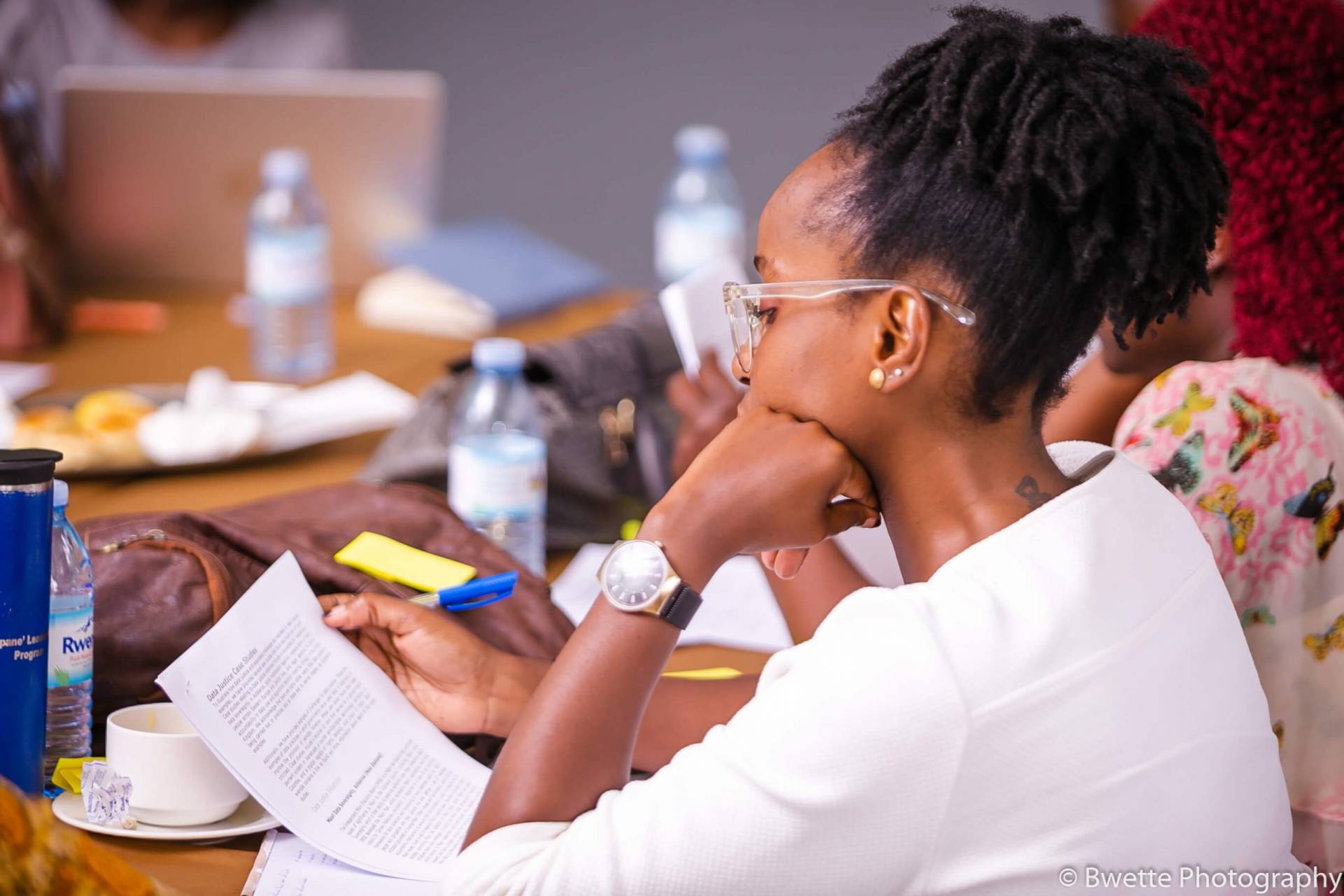
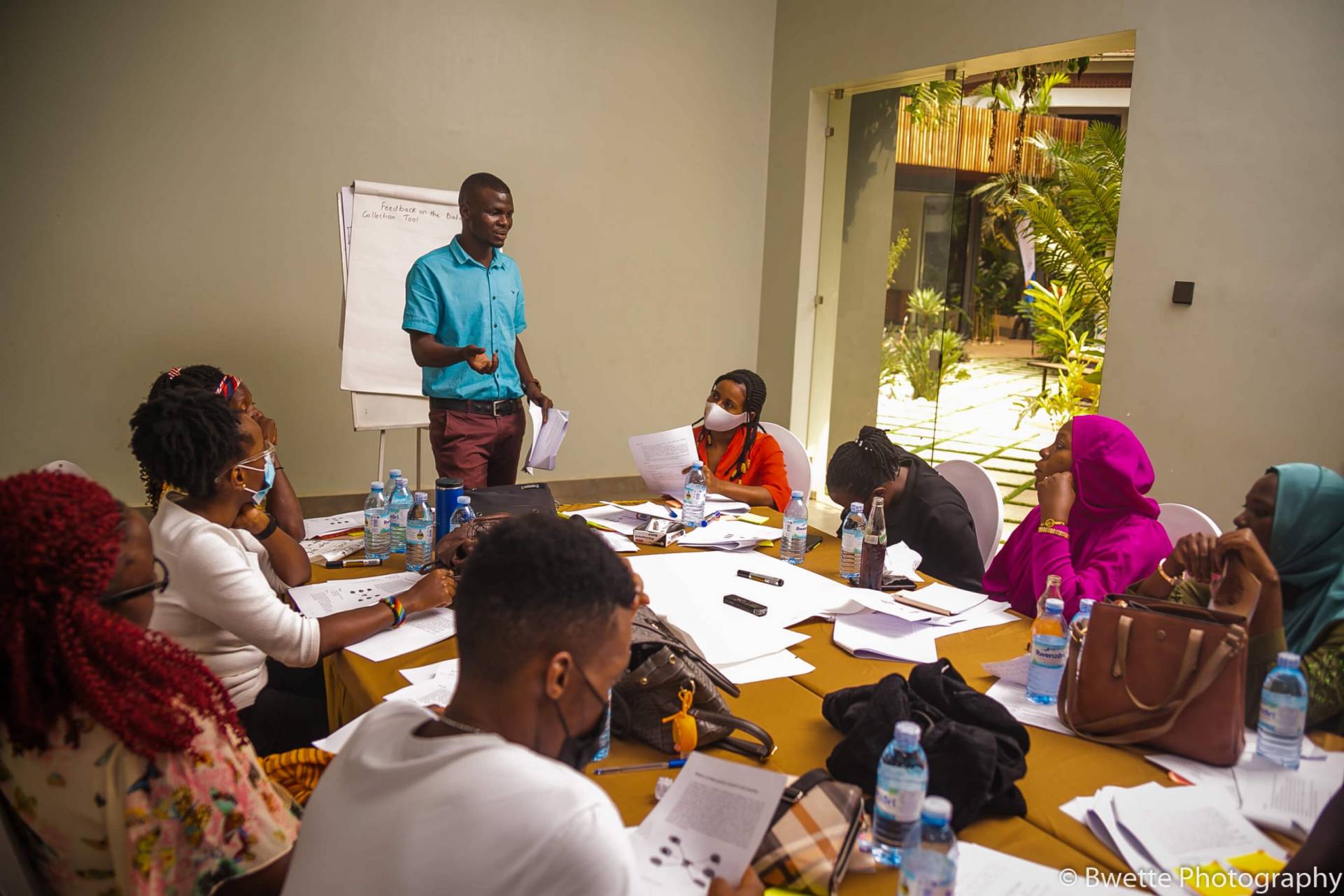

WOUGNET mission is to promote the use of ICTs by women and girls for gender equality and sustainable development.
WOUGNET’s vision is an inclusive and just society where women and girls are enabled to use ICTs for sustainable development.

Position: Project Officer Women of Uganda Network (WOUGNET) is looking for a dynamic and self-motivated individual to join the WOUGNET team. WOUGNET in partnership with
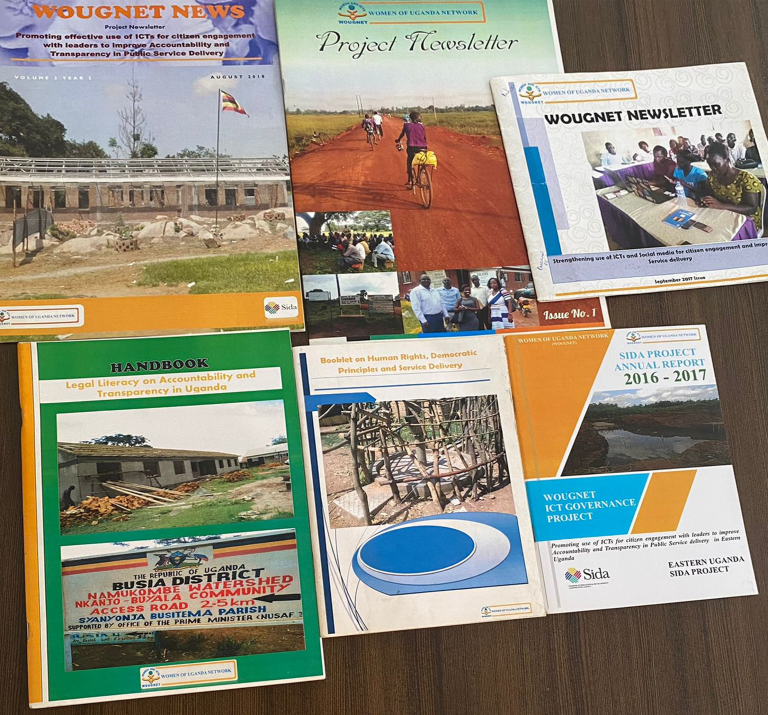
Women of Uganda Network (WOUGNET) implemented Projects in Northern Uganda and Eastern Uganda that promoted good governance, transparency, and accountability through the use of
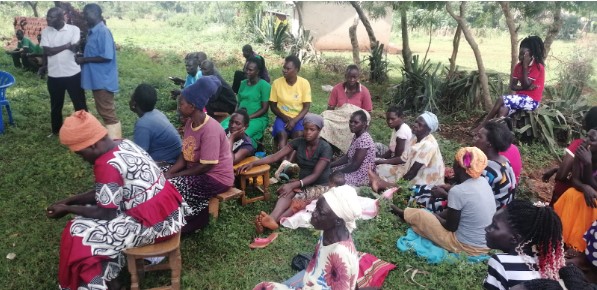
Gender-based violence persists as a prominent infringement upon human rights across societies, largely rooted in gender discrimination. While both men and women endure such violence,
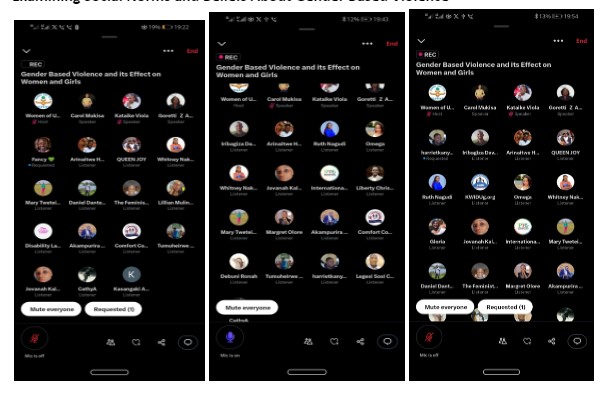
Gender-Based Violence(GBV) is a violation of human rights that affects one in three women globally, these include intimate partner violence, physical violence, sexual violence, psychological

Meta has unveiled a fresh AI functionality for Instagram Stories, enabling users to effortlessly alter the backdrop of their photos with minimal effort. A surge
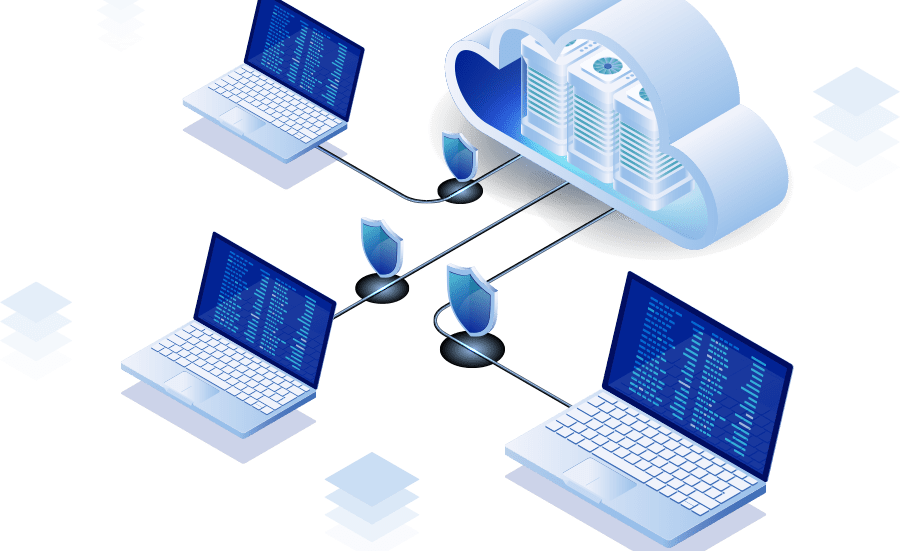
Virtual computing might sound intimidating, but it’s essentially running computers within computers! By creating virtual machines (VMs), you gain flexibility, efficiency, and security in your
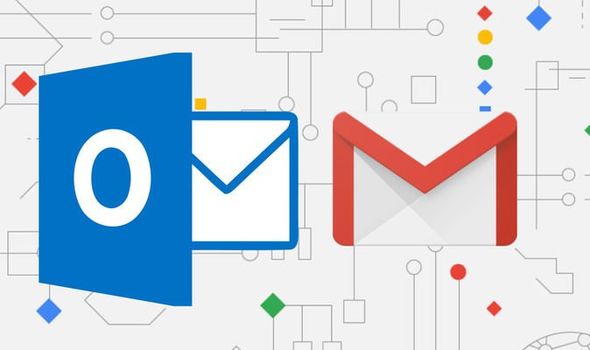
Managing multiple email accounts can be a headache, but fear not! This technical tip will guide you through seamlessly connecting your Gmail account to Outlook,
Women of Uganda Network (WOUGNET) is a non-governmental organization initiated in May 2000 by several women’s organizations in Uganda to develop the use of information and communication technologies (ICTs) among women as tools to share information and address issues collectively.
WOUGNET is the largest grassroots feminist organization in the nation. By signing up for our email lists, you’ll receive the latest information about our advocacy outreach and important issues.